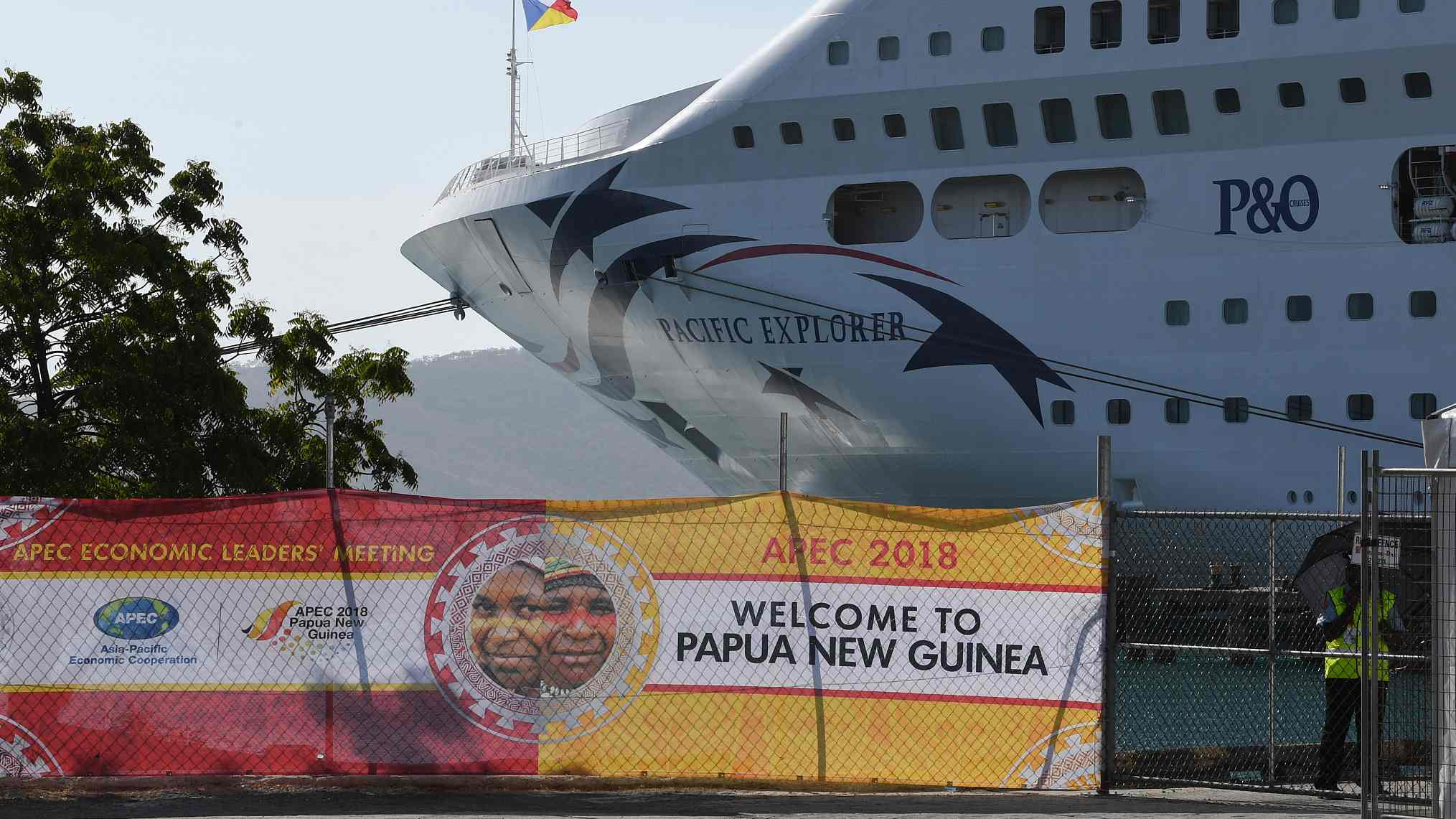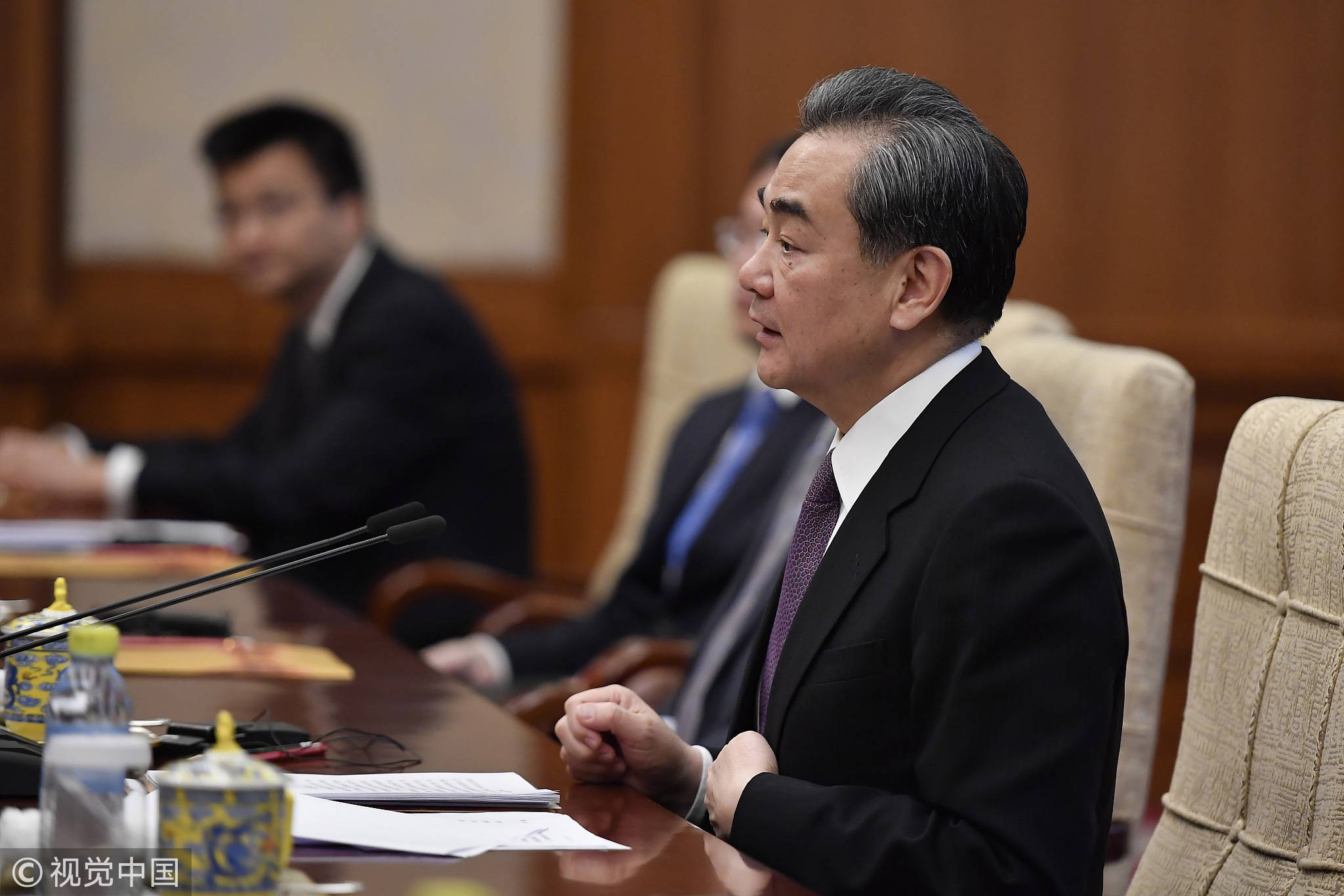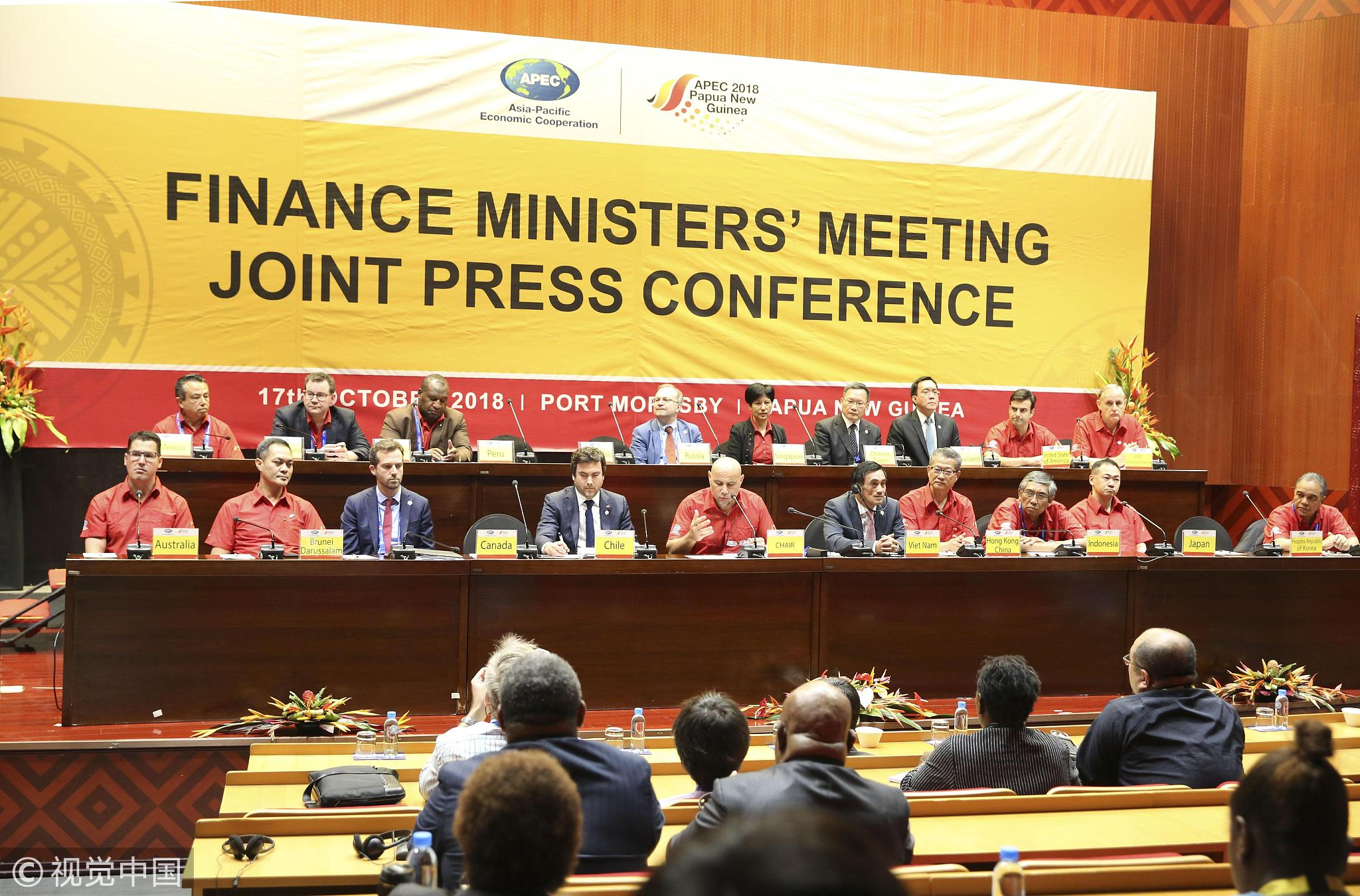
Opinions
16:10, 14-Nov-2018
Opinion: What has China contributed to Asia-Pacific prosperity?
Updated
15:34, 17-Nov-2018
By Dong Yue

Editor's note: Dong Yue is an international news editor based in Beijing. The article reflects the author's opinion, and not necessarily the views of CGTN.
Chinese President Xi Jinping on Wednesday published a signed article on Papua New Guinea's mainstream newspapers ahead of his state visits to Papua New Guinea (PNG), Brunei and the Philippines.
In the article, titled "Set Sail on A New Voyage for Relations between China and Pacific Island Countries," President Xi called for efforts to further deepen cooperation between China and Pacific island countries. President Xi stated that China will work with Pacific island countries to brave the wind and waves and set sail for a brighter future of relations.
China, which gained its membership of APEC in 1991, has been striving for a shared prosperity of the region with its own wisdom and actions.

Chinese State Councilor and Foreign Minister Wang Yi talks with Papua New Guinea Foreign Minister Rimbink Pato (not pictured) during their meeting at the Diaoyutai State Guesthouse in Beijing, April 13, 2018. /VCG Photo
Chinese State Councilor and Foreign Minister Wang Yi talks with Papua New Guinea Foreign Minister Rimbink Pato (not pictured) during their meeting at the Diaoyutai State Guesthouse in Beijing, April 13, 2018. /VCG Photo
China's efforts can be distilled into one word: “connectivity,” which comprises the “hard” connectivity of infrastructural development and the “soft” connectivity of people-to-people exchanges, technologies, systems, and standards.
Last month the first direct flight between China and PNG was launched, a new step in transportation connectivity between the two sides.
Besides offering convenience to business people who travel between the two countries, the direct flight is believed to be a new engine for the tourism industry of the island country with more Chinese tourists.
“Hard” connectivity has always topped China's agenda to push forward regional and global prosperity because infrastructure construction lays a foundation for flows of people, information, technologies and so on, which are indispensable elements for regional prosperity.
With its firm faith in the significant role of infrastructure in development, China has helped economies in the Asia Pacific region build roads, power grids, and telecom facilities and in 2013 proposed the Belt and Road Initiative, an initiative aimed at promoting trade and infrastructure networks.
In 2015, China proposed the launch of the Asian Infrastructure Investment Bank (AIIB) with an authorized capital of 100 billion US dollars to supply capital sources for infrastructure construction and regional connectivity.

A Papuan villager carries his child on shoulders in downtown Port Moresby, November 13, 2018. /VCG Photo
A Papuan villager carries his child on shoulders in downtown Port Moresby, November 13, 2018. /VCG Photo
It is not a surprise that the initiative and the bank have aroused some different opinions, which regard the two as China's tools to exert its influence on the region.
However, the operation of the initiative and the bank demonstrates that they are highly inclusive platforms for anyone in pursuit of prosperity.
For its inclusiveness, the Belt and Road Initiative has drawn many countries around the world to seek alignments and coordination between their own development strategies.
The AIIB has also burgeoned in the past years. Jin Liqun, president of the AIIB, has repeatedly emphasized that the bank is complementary to the World Bank and the Asian Development Bank, not a substitute.
According to its website, the bank has now grown to 87 approved members worldwide. Chinese companies have also contributed to the regional development, especially in the field of “soft” connectivity, such as Alipay' s introduction of its cashless payment technology into Singapore and other Asia-Pacific countries as well as Chinese e-commerce giant Alibaba's market-seeking maneuver in the region.
In an era when the Internet, e-commerce, and other technologies are playing significant roles in economic development, the moves by Chinese companies are helping the Asia-Pacific economies to overcome the “digital divide” among them, which also coincide with the theme of this year's meeting “embracing the digital future.”
China's contribution also reflected in its efforts to build the Free Trade Agreement of the Asia Pacific (FTAAP) amid rising protectionism in parts of the world.

The 25th APEC Finance Ministers' Meeting is held in Port Moresby, Papua New Guinea, October 17, 2018. /VCG Photo
The 25th APEC Finance Ministers' Meeting is held in Port Moresby, Papua New Guinea, October 17, 2018. /VCG Photo
According to the website, APEC member economies are home to around 2.8 billion people and represent approximately 59 percent of world gross domestic product and 49 percent of world trade.
As high-level connectivity of rules and systems, a possible multilateral free trade agreement in such an area will certainly be a boom in regional and global economic growth and China has been a firm advocate for that.
The FTAAP was proposed in 2004 and during the 2014 APEC meeting in Beijing, a road map for pushing forward the FTAAP was sketched.
In advance of the APEC meeting in Lima, Peru, in 2016, China led a seminal FTAAP feasibility study, "the Collective Strategic Study on Issues Related to the Realization of the FTAAP."
In his keynote address at the APEC CEO summit in Vietnam's Da Nang in 2017, President Xi said the building of the FTAAP has been "the long-cherished dream of the business community in our region."
"We should get into action, fully implement the Beijing Roadmap, move toward the FTAAP and provide an institutional underpinning for growing an open economy in the Asia-Pacific," the Chinese leader said.
It's expected that new advance of the agreement will be made in the upcoming leaders meeting which will be attended by President Xi. It's also hoped that China contributes more approaches with a Chinese perspective to achieve further connectivity and prosperity in the Asia-Pacific region.
(If you want to contribute and have specific expertise, please contact us at opinions@cgtn.com.)

SITEMAP
Copyright © 2018 CGTN. Beijing ICP prepared NO.16065310-3
Copyright © 2018 CGTN. Beijing ICP prepared NO.16065310-3